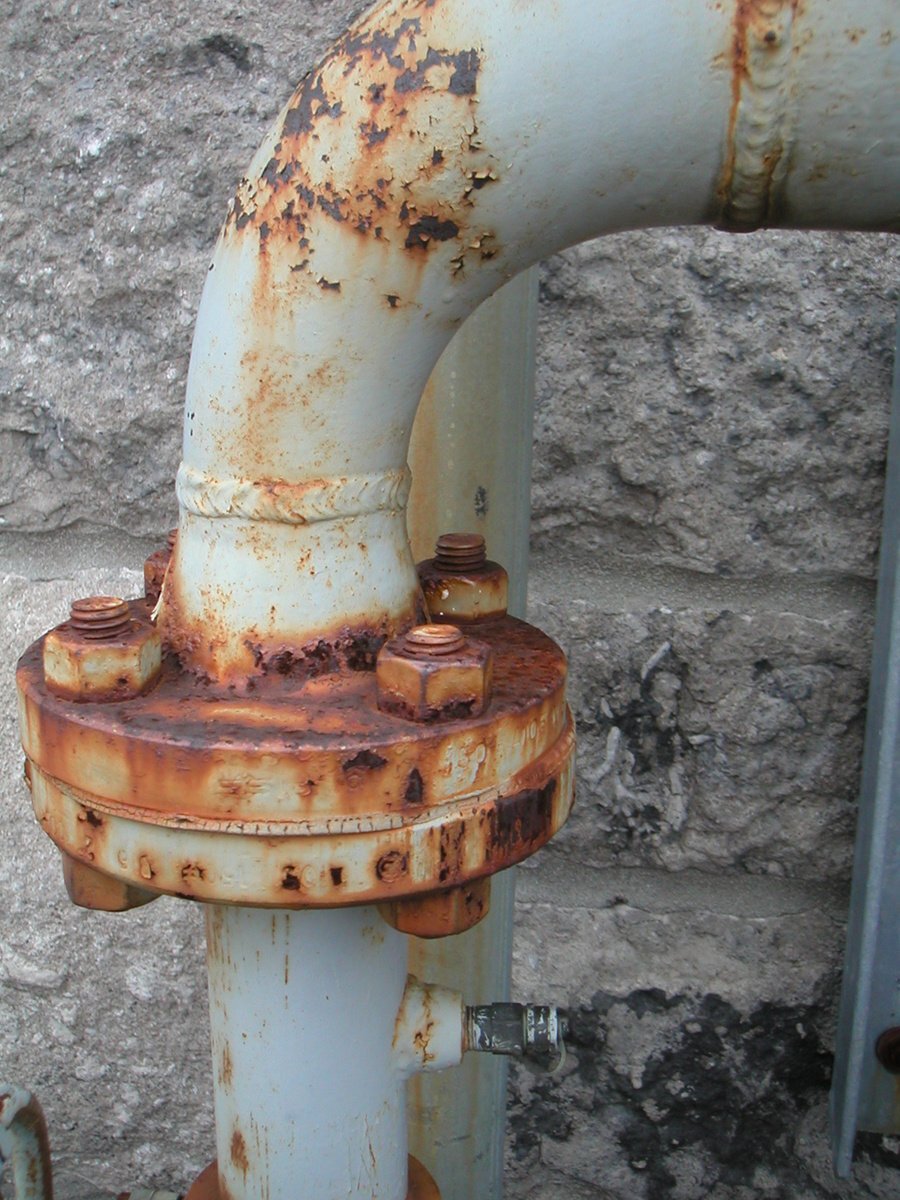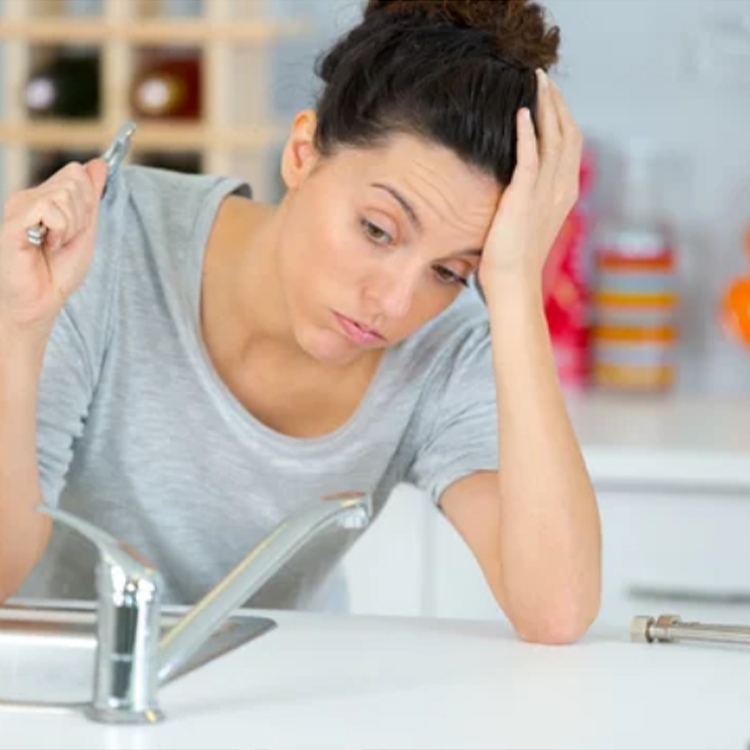Useful Techniques to Address Plumbing Issues in Older Homes
Useful Techniques to Address Plumbing Issues in Older Homes
Blog Article
The publisher is making a number of great pointers regarding Plumbing Problems In Old Homes in general in the content directly below.

Older homes commonly feature appeal, character, and background, however they can also bring a host of pipes problems. Whether you're dealing with maturing pipes, low water stress, or leaks, recognizing exactly how to resolve these typical problems is crucial to keeping a safe and useful home. In this guide, we'll check out the typical pipes difficulties faced by older homes and supply practical options to keep your plumbing in leading form.
Understanding Usual Plumbing Problems
Aging Pipelines
One of the most common concerns in older homes is aging pipes. Relying on the era in which your home was developed, the pipelines may be made from products that have degraded with time, such as galvanized steel, cast iron, and even lead. These products can wear away, come to be brittle, or establish leakages, bring about water damage and prospective health hazards.
Low Tide Stress
If you're experiencing low water pressure, it could be as a result of natural resources, deterioration inside the pipes, or old fixtures that are no longer operating successfully. This can be a major hassle, especially in areas like showers and sinks.
Dripping Pipelines
Leakages are an additional frequent issue in older homes, often caused by corroded or worn-out pipes. Also little leakages can result in considerable water damages, mold and mildew development, and raised water costs otherwise attended to without delay.
Obsolete Components
Outdated pipes components such as taps, commodes, and showerheads not just look old yet may additionally be less reliable, susceptible to leakages, or incompatible with modern-day plumbing standards.
Pipe Corrosion
Corrosion is a common problem in older pipes, particularly those made from galvanized steel or cast iron. Rusty pipes can restrict water flow, cause discoloration, and eventually lead to leakages or pipe bursts.
Evaluating the Condition of Your Pipes
Evaluating Noticeable Pipelines
Start by inspecting any noticeable pipelines in your home, such as those in basements, crawl spaces, or under sinks. Look for signs of rust, leaks, or corrosion, which can show underlying problems.
Checking for Leaks
Look for leakages by evaluating locations around faucets, toilets, and under sinks. You can additionally check your water meter before and after a duration of no water utilize to discover covert leaks.
Water Top Quality Screening
Older pipes can impact the quality of your water. Conduct a water quality examination to check for contaminants such as lead, corrosion, or other pollutants that may be presented by maturing pipes.
Solutions for Usual Plumbing Issues
Replacing Aging Pipelines
If your home has old, degrading pipes, take into consideration changing them with modern products like copper or PEX. This can be a substantial financial investment, but it will certainly avoid future concerns and enhance the safety and reliability of your pipes system.
Repairing Low Tide Pressure
To deal with low water stress, beginning by cleaning or changing old fixtures and getting rid of mineral accumulation in the pipelines. If the issue continues, it might be required to change sections of rusty pipelines.
Repairing and Changing Dripping Pipelines
For tiny leaks, you can make use of pipeline clamps or epoxy putty as a momentary fix. Nonetheless, it's ideal to change dripping pipes entirely to stay clear of additional damages.
Upgrading Components
Upgrading old components to modern-day, water-efficient models can boost your home's pipes performance and minimize water consumption. Try to find components with the WaterSense tag for the very best efficiency.
Managing Pipe Rust
If your pipelines are worn away, replacing them with corrosion-resistant products like copper, PVC, or PEX is the best solution. Routine inspections and water high quality maintenance can aid prevent better deterioration.
When to Call a Professional
While some pipes problems can be taken care of with DIY remedies, there are times when it's finest to call a professional. If you're managing significant leakages, extensive corrosion, or are uncertain regarding the condition of your pipes, an accredited plumbing professional can offer skilled analysis and repair.
Preventive Maintenance Tips
Regular Evaluations
On a regular basis evaluate your pipes system for indicators of damage. Catching problems early can stop expensive repair services down the line.
Water Stress Guideline
Guarantee your water stress is within the recommended range to avoid stressing your pipes and fixtures. A plumbing can install a stress regulatory authority if required.
Water High Quality Maintenance
Install water filters or softeners if your water quality is poor. This can shield your pipes and fixtures from damage brought on by difficult water or pollutants.
Positive Pipe Substitute
If your home has older pipelines, think about proactive replacement prior to significant problems emerge. This can conserve you from emergency repair work and water damage.
Verdict
Taking care of plumbing issues in older homes calls for a mix of watchfulness, preventive upkeep, and prompt upgrades. By recognizing the usual difficulties and knowing when to look for expert help, you can guarantee your plumbing system continues to be practical and dependable for years ahead.
Common Plumbing Issues in Older Homes and How to Fix Them
Owning an older home in Australia comes with its unique charm and a set of challenges, especially when it comes to plumbing. The Sunshine Coast has many older properties that can harbour plumbing problems that aren t just inconvenient but potentially costly. Here s a look at some common plumbing issues in older homes and expert advice on how to handle them.
Outdated Piping Materials
Many older homes were built with galvanised steel, cast iron, or even lead pipes, materials that are far from ideal by today s standards. Galvanised pipes are prone to corrosion and clogging, while lead pipes pose serious health risks.
How to Fix:
Replacing old pipes is a job for a professional. Upgrading to copper or PVC piping not only enhances water quality and flow but also increases the property s safety and value. If you suspect your home has outdated materials, a licensed plumber can conduct a thorough inspection and recommend the best course of action.
Corrosion and Pipe Degradation
Over time, exposure to water and minerals can cause pipes to corrode, leading to leaks, bursts, and water contamination. Corrosion is especially common in homes over 50 years old.
How to Fix:
Regular inspections can catch early signs of corrosion. If corrosion is found, the affected section of piping often needs to be replaced. For homes with extensive corrosion, a complete plumbing overhaul might be necessary. It s crucial to consult with a plumbing expert to understand the extent of the issue.
Tree Root Intrusion
Older neighbourhoods usually have mature trees whose roots can intrude into pipe lines, causing blockages or damage. This is particularly problematic for sewer lines, where roots seek out water sources.
How to Fix:
A plumber can use a specialised camera to inspect sewer lines for root intrusion. If roots are a problem, methods like root cutting or hydro-jetting can clear the obstruction. In severe cases, part of the pipe may need replacing. Consider root barriers around the piping to prevent future issues.
Inadequate Water Pressure
Low water pressure in older homes can be due to various factors, including corroded water lines, sediment build-up in pipes, or outdated fixtures.
How to Fix:
First, check if the low pressure is isolated to one area or throughout the house. Replacing old fixtures can sometimes resolve the issue. However, if the problem is more widespread, it might be due to sediment or corrosion. Flushing the system or replacing the affected pipes usually restores normal pressure. Again, a professional assessment is advisable.
Outdated Fixtures
Older homes often feature fixtures that are not only visually dated but functionally inefficient. This includes everything from toilets and taps to showerheads and washing machine hoses.
How to Fix:
Updating these fixtures can improve both water efficiency and the aesthetic appeal of your home. Modern fixtures are designed to conserve water, which can significantly reduce your water bill and lessen your environmental impact.
Conclusion
Maintaining the plumbing in an older home requires a proactive approach. Regular checks and updates are key to preserving these beautiful properties. If you re facing plumbing issues in your older home, it s best to call on experienced professionals like Green & Gold Plumbing & Gas. With the right expertise, even the most daunting plumbing problems can be resolved, ensuring that your home s character is maintained while its functionality is enhanced.
https://gandgplumbing.com.au/common-plumbing-issues-in-older-homes-and-how-to-fix-them/

I discovered that piece on Common Plumbing Problems in Older Homes when doing a lookup on the web. So long as you liked our post if you please make sure you remember to pass it around. We thank you for your readership.
Browse Our Site Report this page